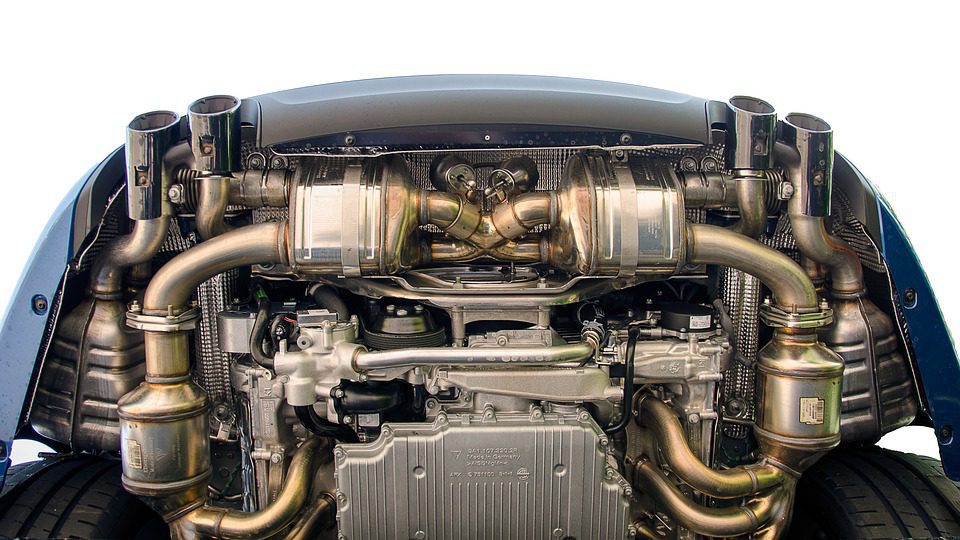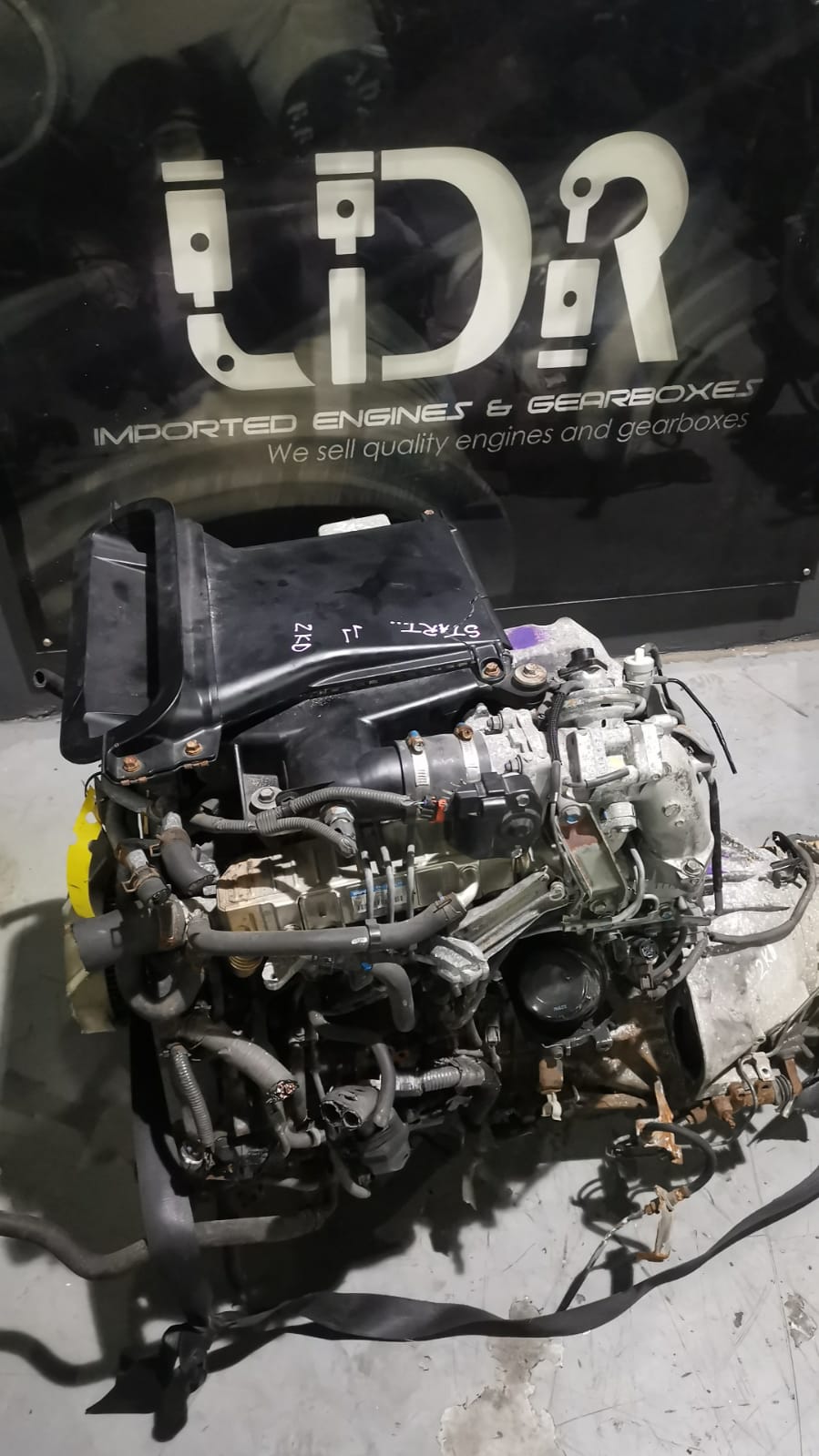Opel Corsa Engine: Every Little Thing You Required to Know Before Buying
Opel Corsa Engine: Every Little Thing You Required to Know Before Buying
Blog Article
Exploring the Inner Functions of a Compact Vehicle's Engine System
As motorists, we commonly take for provided the elaborate procedures that happen within the confines of our lorry's engine system. In this exploration of a portable automobile's engine system, we will certainly untangle the inner operations of this mechanical harmony, losing light on the mysteries that drive us ahead on our everyday trips.
Burning Process Overview
The burning process in a compact lorry's engine system is a critical device that effectively converts fuel into energy to power the automobile. This process happens within the combustion chamber of the engine, where gas and air mix, spark, and create regulated explosions. The combustion procedure contains 4 major stages: consumption, exhaust, compression, and power.
Throughout the consumption stage, the piston moves downward, attracting in a mixture of air and gas into the burning chamber. The following phase, compression, entails the piston relocating up, compressing the air-fuel blend to raise its potency. Ultimately, in the power stage, the spark plug fires up the pressed mixture, causing a fast development of gases that compels the piston pull back. This downward activity produces the power required to drive the car. Lastly, in the exhaust stage, the scorched gases are eliminated from the combustion chamber via the exhaust valve, preparing the chamber for the following cycle. This cyclic combustion procedure is basic to the operation of a small car's engine system, making sure effective energy conversion for propulsion.
Piston and Cylinder Interaction

The piston's exact fit within the cyndrical tube is necessary for preserving optimum compression and stopping power loss throughout combustion. Limited clearances in between the piston and cylinder wall surfaces guarantee effective sealing, allowing the piston to relocate efficiently without permitting gases to leakage past. Proper lubrication is also essential to reduce rubbing and put on in between these components, enhancing long life and efficiency.
Furthermore, the style and products made use of in manufacturing the piston and cyndrical tube impact engine performance and longevity. Modern engines usually employ light-weight yet long lasting products like light weight aluminum alloys for pistons and cylinder liners to decrease inertia and boost thermal effectiveness. Overall, the harmonious interaction in between the piston and cyndrical tube is basic to the engine's functionality and overall performance.
Gas Injection System Functionality
Fuel injection systems in small automobile engines play a critical role in precisely supplying fuel to the combustion chamber for efficient and controlled ignition. The gas shot system operates by injecting gas right into the burning chamber at the optimal minute throughout the engine's procedure (opel corsa engine). This precise timing makes certain that the gas mixes uniformly with the air for appropriate combustion, bring about boosted gas effectiveness and lowered discharges
There are mainly 2 sorts of fuel injection systems utilized in small vehicle engines: port gas injection (PFI) and straight fuel shot (DFI) PFI systems inject gas into the intake port prior to the consumption shutoff, while DFI systems infuse gas directly into the combustion chamber. Both systems have their benefits, with DFI using far better gas atomization and PFI giving an extra cost-efficient remedy.
Understanding Engine Air Conditioning Systems
Efficient operation of a portable automobile's engine depends heavily on the effectiveness of its cooling devices. The air conditioning system in a small vehicle typically is composed of a number of elements functioning with each other to regulate the engine temperature level. Recognizing these engine cooling mechanisms is essential for preserving the performance and long life of a compact lorry's engine system.

Exhaust System Elements Explained
The ideal functioning of a portable automobile's engine cooling devices depends upon a complementary system called the exhaust system, which consists of different important elements for guaranteeing efficient image source discharges and engine performance. The exhaust system consists of components such as the exhaust manifold, catalytic converter, muffler, and tailpipe. The exhaust manifold accumulates exhaust gases from the engine's cylinders and routes them to the you could try this out catalytic converter. The catalytic converter then transforms hazardous toxins in the exhaust into much less damaging emissions prior to launching them with the muffler and tailpipe.
One crucial element of the exhaust system is the oxygen sensing unit, which monitors the oxygen levels in the exhaust gases to aid regulate fuel usage and make certain ideal engine efficiency. opel corsa engine. In addition, the resonator may be present in some exhaust systems to minimize sound levels. In general, the exhaust system plays a crucial role in maintaining engine effectiveness, lowering harmful discharges, and making sure a quieter driving experience for portable vehicle owners

Final Thought
To conclude, the compact automobile's engine system is an intricate mix of components that interact to promote the combustion process, convert gas right into power, and expel waste gases. Understanding the inner functions of the engine system, consisting of the piston and cyndrical tube interaction, fuel injection system, engine cooling systems, and exhaust system elements, is critical for maintaining optimal performance and effectiveness of the lorry.
The burning process in a compact car's engine system is an important device that effectively converts gas right into energy to power the automobile.Fuel injection systems in compact car engines play a vital function in exactly providing fuel to the combustion chamber for efficient and controlled ignition.There are largely 2 kinds of gas injection systems made use imp source of in small automobile engines: port gas shot (PFI) and direct fuel injection (DFI) Comprehending these engine cooling devices is vital for keeping the performance and longevity of a portable automobile's engine system.
The ideal functioning of a compact lorry's engine air conditioning systems depends on a complementary system known as the exhaust system, which consists of different necessary elements for guaranteeing efficient exhausts and engine performance.
Report this page